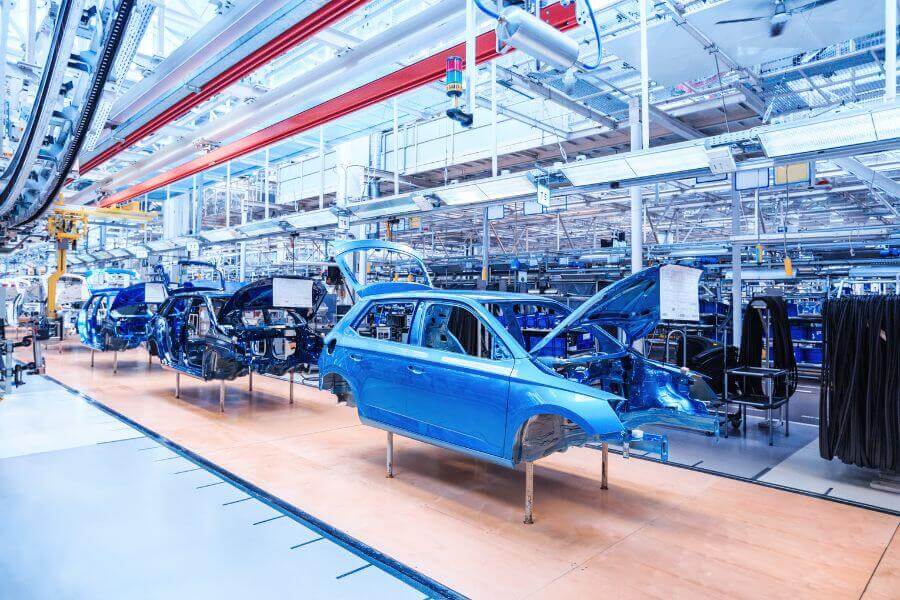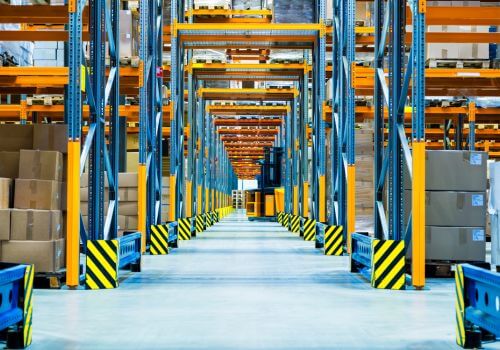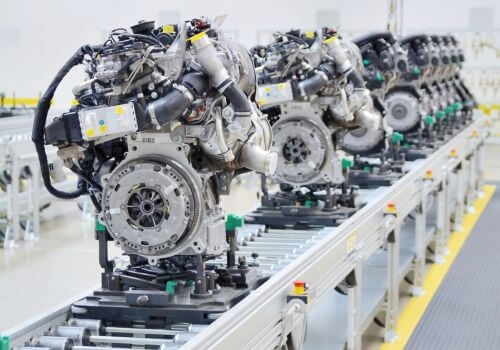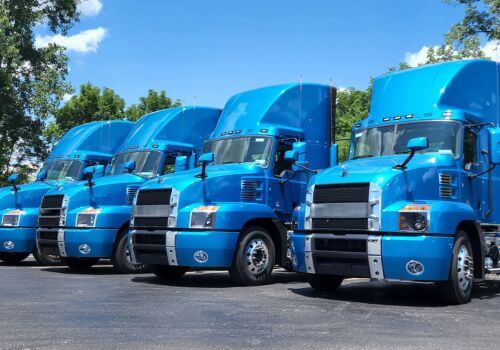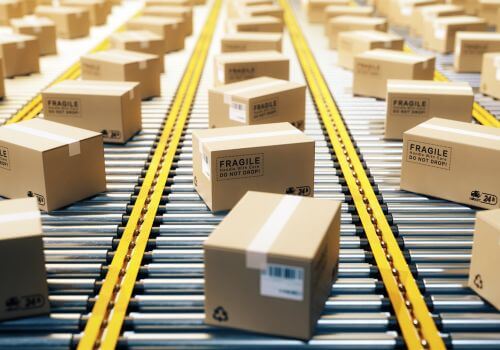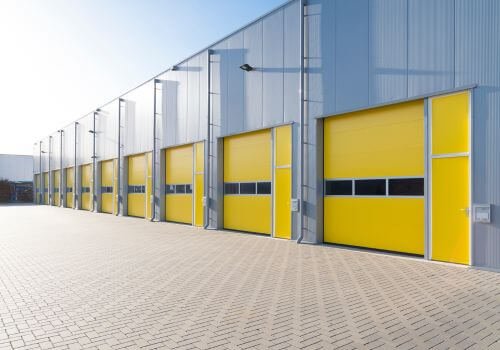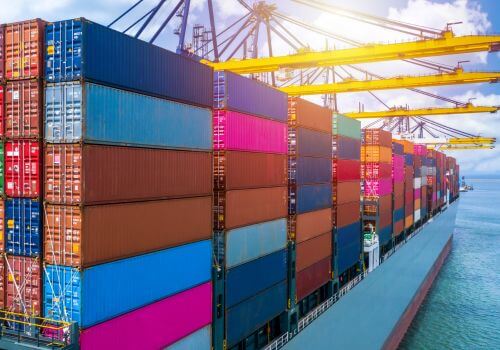What is Sequenced Parts Delivery (SPD) in logistics?
Sequenced Parts Delivery (SPD), also known as Just-in-Sequence (JIS) delivery, is an advanced logistics strategy primarily used in manufacturing industries, especially in automotive production. This method is designed to streamline the supply chain and production process by delivering components to the assembly line in the exact order they are needed for production. SPD is an evolution of the Just-in-Time (JIT) delivery system, taking efficiency and precision to the next level.
Understanding the SPD basics
At its core, SPD is about delivering the right parts, in the right order, at the right time, directly to the production line. This approach eliminates the need for large on-site inventories and reduces the complexity of the assembly process. Here’s a breakdown of the key elements:
Precise ordering: The manufacturer sends detailed production schedules to suppliers, specifying exactly which parts are needed and in what order.
Synchronized production: Suppliers align their production and packaging processes with the manufacturer’s assembly sequence.
Timed delivery: Parts are transported to arrive just before they’re needed on the production line.
Direct line-side delivery: Components are delivered directly to the point of use on the assembly line, often without intermediate storage.
How does SPD work?
To understand SPD better, let’s walk through a typical process:
- Production planning: The manufacturer creates a detailed production schedule, often days or weeks in advance.
- Order communication: This schedule is communicated to suppliers, usually through electronic data interchange (EDI) systems.
- Supplier preparation: Suppliers produce, package, and prepare parts in the exact sequence they will be used.
- Transportation: Parts are loaded onto trucks in reverse order of use, so the first parts needed are the last loaded.
- Arrival & unloading: Trucks arrive at the manufacturing plant just before the parts are needed.
- Line-side delivery: Parts are unloaded and moved directly to the assembly line, often on specially designed racks or containers.
- Assembly: Workers on the line use the parts in the order they arrive, without needing to search for or sort components.
What are the benefits of SPD?
SPD offers numerous advantages for manufacturers and suppliers. Let’s take a look at a few:
SPD reduces inventory costs
By delivering parts only as they’re needed, SPD dramatically reduces the need for on-site storage. This frees up valuable floor space in the manufacturing facility and reduces the costs associated with maintaining large inventories.
SPD improves efficiency
Workers on the assembly line don’t need to waste time searching for the right parts or deciding which component to use next. Everything arrives in the correct order, streamlining the assembly process.
SPD enhances quality control
With parts arriving in sequence, it’s easier to track and manage quality issues. If a defect is found, it’s simpler to isolate the problem to a specific batch or supplier.
SPD offers flexibility in production
SPD allows manufacturers to handle greater product variety on the same assembly line. Different models or configurations can be produced back-to-back without disrupting the flow of parts.
SPD reduces handling and damage
Since parts move directly from the supplier to the assembly line, there’s less handling involved, which reduces the risk of damage to components.
SPD improves cash flow
With less inventory on hand, manufacturers can improve their cash flow by reducing the capital tied up in stored parts.
In summary, Sequenced Parts Delivery (SPD) is a logistics strategy where components are delivered to the production line in the exact order they’re needed for assembly, reducing inventory and streamlining the manufacturing process.

